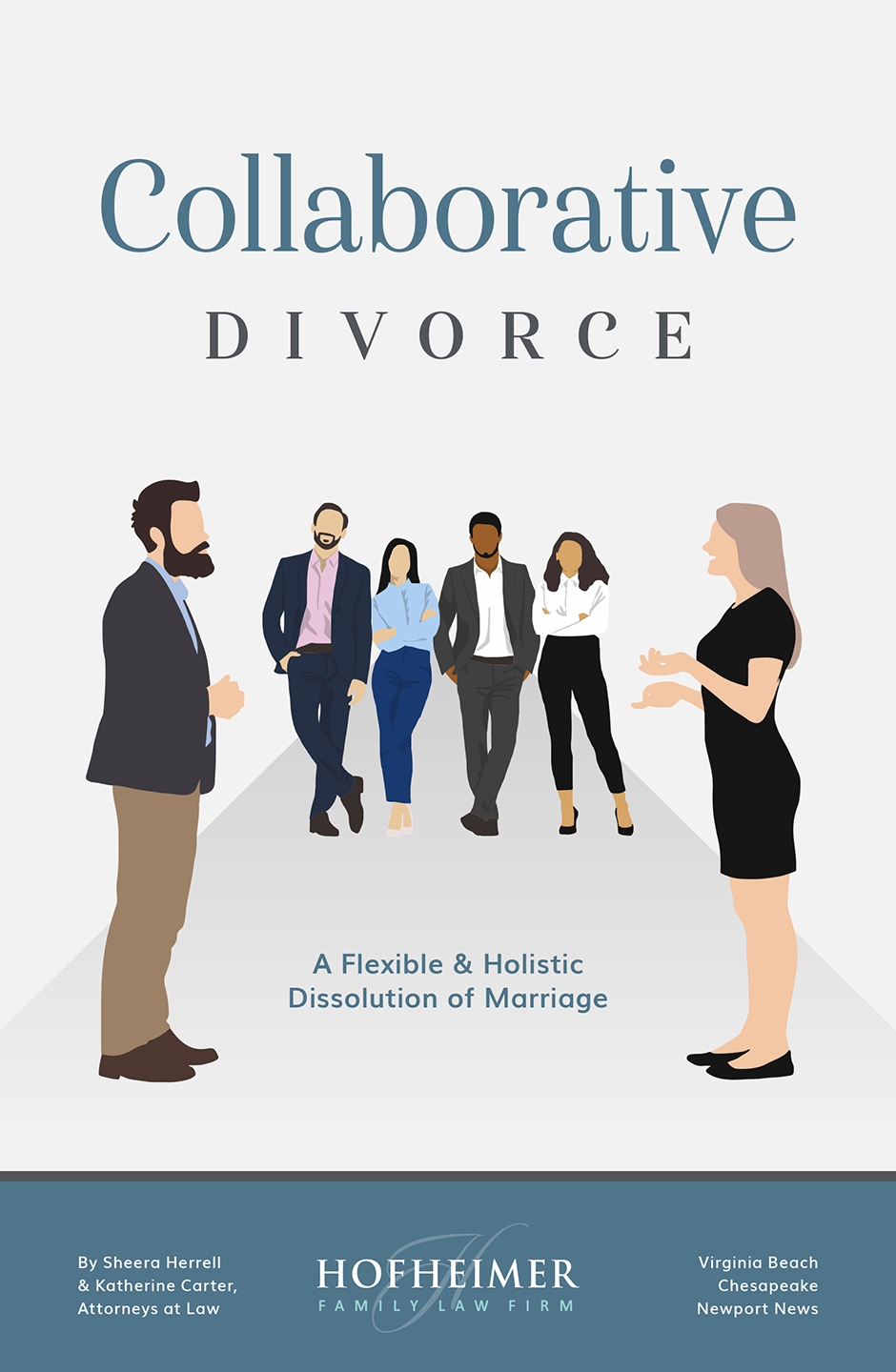

What is Collaborative Divorce?
Read more in our free report
Collaborative Divorce - A Flexible and Holistic Dissolution of Marriage.
The traditional divorce model pits former partners against each other in the middle of a courtroom, but only after an extended (and often incredibly acrimonious) pre trial process, including temporary support (pendente lite) hearings, discovery, settlement conferences, and depositions.
It’s not a process designed to enable two parties to co-parent successfully after divorce, or to maintain any semblance of civility.
In a traditional divorce, each party retains an attorney whose singular focus is the advantage of their own client. The way the system is set up, there is a plaintiff and a defendant; the parties do not cooperate, do not agree to share information as it relates to assets or liabilities, and in general attempt to keep their cards close to their chest for fear of disclosing too much to the other side.
Does it get results? Sure. Does it, ultimately, protect spouses from abuse? Well, that’s debatable. Are there cases where it’s necessary? Definitely.
But if you had the choice of all the available alternatives in the world, is a litigated divorce what you’d choose? Probably not, if for no other reason than the time and expense involved. Quantifying the damage done to the relationships between the parties and the children involved is difficult, if not impossible, but this damage is also – in many cases – the main reason parties attempt to avoid litigation.
In general, litigated divorces are very expensive. They take a long time, too. And though you can win big wins, for the most part both parties walk away feeling like they’ve lost some things they wish they hadn’t lost. It’s less a more “win or lose” proposition than it is a “lose and lose” proposition, especially when you’ve already spent so much time, money, and blood pressure points to get to the day of trial.



